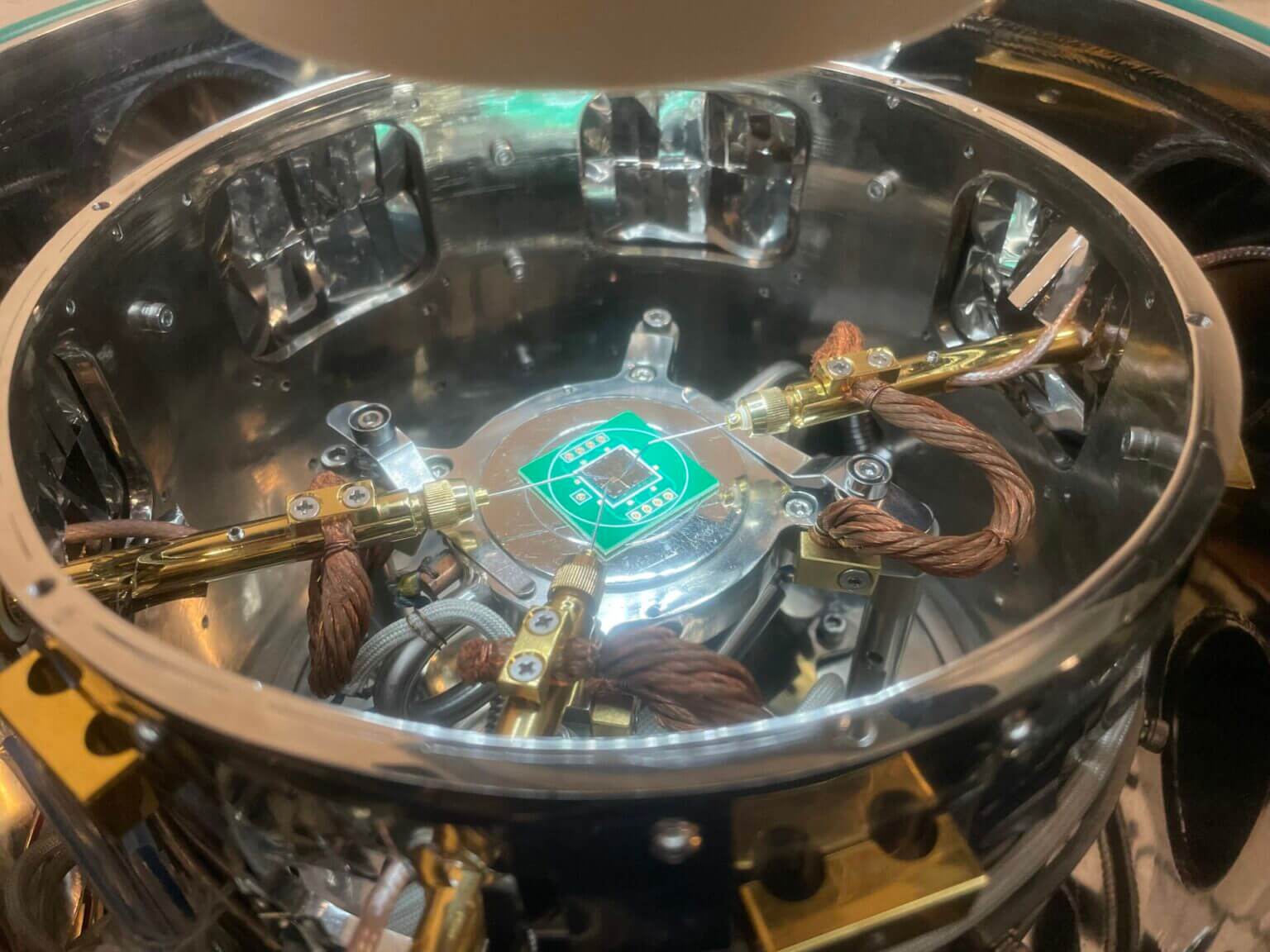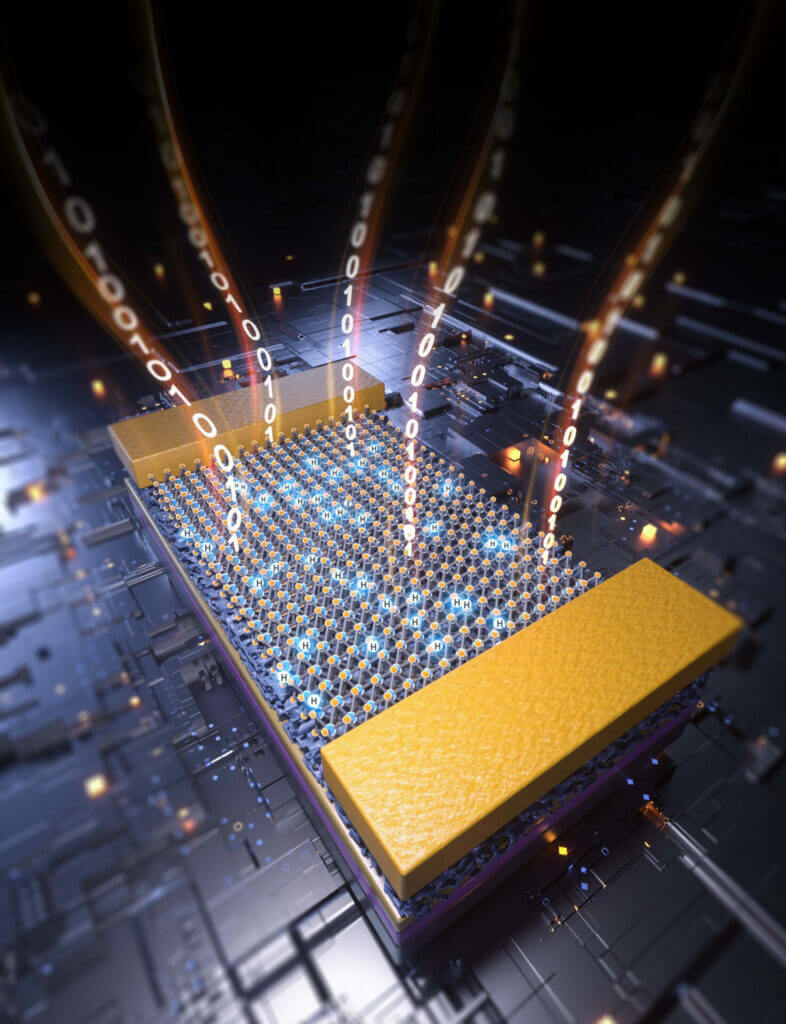THUWAL, Saudi Arabia — A team of international researchers has pioneered a novel approach that could pave the way for the development of high-performance memory devices, particularly neuromorphic computing chips inspired by brain function.
Ferroelectric materials like indium selenide have natural polarizing properties. When these materials are subjected to an electric field, they change their polarity. This unique trait makes them desirable for memory technologies. While these memory devices excel in endurance and writing speed, their storage capacity is relatively low. This limitation stems from the fact that only a few ferroelectric phases can be triggered with current methods, and capturing these phases presents experimental challenges.

“Existing methods can only trigger a few ferroelectric phases, and capturing these phases is experimentally challenging,” says Xin He, the study co-author and member of the KAUST-led international team, in a media release.
The breakthrough came when the research team introduced protons to indium selenide, thereby generating numerous ferroelectric phases. In the lab, the scientists combined the ferroelectric material with a specialized transistor. This device featured a multilayered indium selenide film, placed atop an intricate structure consisting of an aluminum oxide insulating sheet, a platinum layer, and porous silica.

This assembly was instrumental in their experiments. While the platinum layer functioned as electrodes for the voltage, the porous silica supplied protons to the ferroelectric film. The team discovered that they could create various ferroelectric phases by manipulating the amount of protons in the film using different voltages.
More positive voltages increased protonation, whereas more intense negative voltages reduced it. Moreover, protonation was most intense in the layer closest to the silica and decreased as it moved away. Surprisingly, once the voltage was removed, the proton-induced phases returned to their original state.
“We observed this unusual phenomenon because protons diffused out of the material and into the silica,” adds study co-author Fei Xue.
The team’s success in creating a film with a seamless interface with silica led to a device with impressive proton-injection efficiency that operates below 0.4 volts.
“Our biggest challenge was to reduce the operating voltage, but we realized that the proton-injection efficiency over the interface governed operating voltages and could be tuned accordingly,” Xue concludes.
The study is published in the journal Science Advances.

